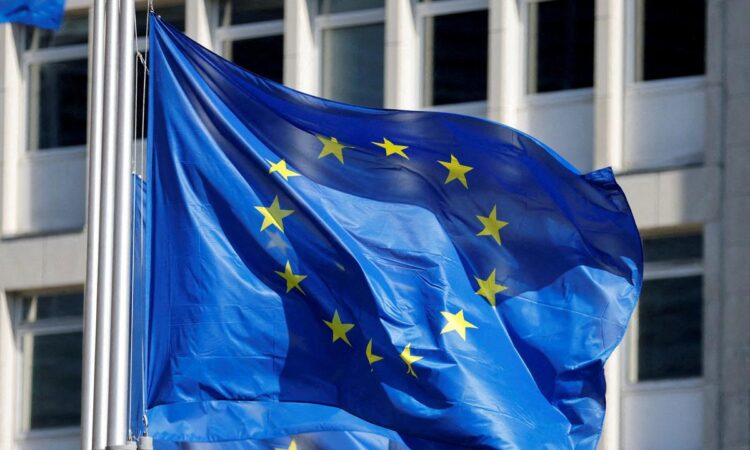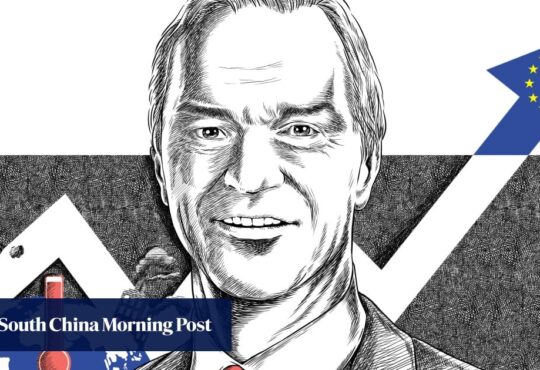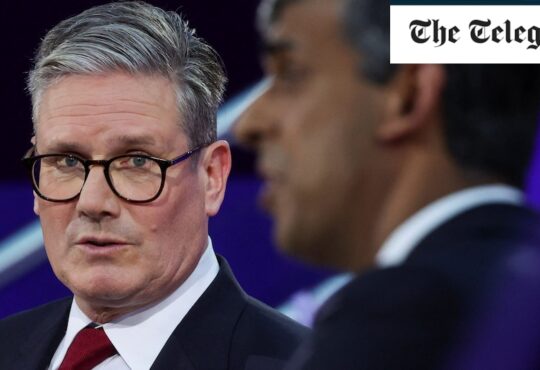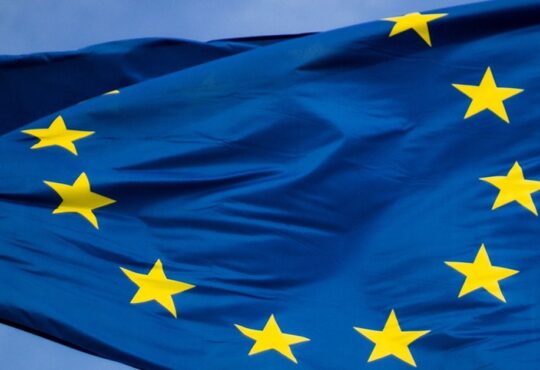
The story so far: The 27-member European Union (EU) has been ramping up its climate action efforts with the European Parliament, the bloc’s legislative body, adopting a rapid pace in climate negotiations. Earlier this month, it voted to approve a sweeping deal to reform the EU’s carbon market to cut emissions by 62% from 2005 levels by 2030. The carbon market mechanism has helped slashed power plant and factory emissions by 43% since 2005. The new reform, however, will phase out free CO2 permits to factories by 2034.
Along with this phasing out of free carbon allowances, the EU will phase in another ambitious and first-of-its-kind policy— the Carbon Border Adjustment Mechanism (CBAM), aimed at levelling the playing field for EU and non-EU manufacturers and spurring trading partners to adopt carbon pricing regimes as a critical approach to the climate fight.
While the EU believes the mechanism is a global solution to the global problem of climate change, trading partners such the United States, China, Russia and developing countries including India, have opposed the measure, describingit as unilateral, “protectionist” and even a trade weapon.
European Parliament lawmakers reached a political deal on the carbon border tax in December last year, but India, along with China, Brazil, and South Africa opposed the plan at the 27th edition of the Conference of Parties (COP27) climate summit in Sharm El Sheikh, saying it could lead to market distortion and impact developing countries which have not originially contributed to industrial emissions.
What is the Carbon Border Adjustment Mechanism (CBAM)?
The EU contends that while it pursues emission reduction ambitions, the prevalence of weaker climate policies in other countries poses the risk of what is called ‘carbon leakage”.
Carbon leakage is when companies, in order to meet climate policy requirements or to avoid restrictions on carbon emissions in their home country, relocate the production or manufacturing of carbon-intensive materials to countries with less stringent climate rules. This means that instead of getting sequestered, carbon emissions end up happening in another place. In the EU’s context, carbon leakage also assumes an extended meaning— when products manufactured in the EU (meeting emission standards) get replaced by carbon-intensive products imported from other countries.
In order to prevent this and reach other climate change mitigation goals, , the EU in 2021, came up with a proposal for a Carbon Border Adjustment Mechanism (CBAM).
The CBAM plans to impose a tariff on a set of carbon-intensive imports, which will have to be paid by EU importers and companies who export such goods to EU countries.
With the CBAM, the EU also wants to create a level-playing field for business in the bloc with those outside by making equal the price for the carbon content of goods regardless of where they are made. Under the EU’s carbon market mechanism called the Emissions Trading System, industries have to buy carbon certificates to emit carbon during manufacturing. There is a cap on the amount of emissions, after which they would have to buy more certificates, either from the issuing authorities or industries with surplus certificates (meaning they emitted less than the cap). The EU argues that with the CBAM, domestic businesses, who currently risk being disadvantaged by cheaper, carbon-tax free imported products, would be put on a fairer footing.
Presently, EU businesses get their initial carbon allowances or certificates for free. The bloc, thus, wants to phase in the CBAM with the phasing out of free carbon allowances to domestic business, so that it doesn’t get in a tangle with the World Trade Organisation’s rules.
How will the CBAM work?
The CBAM initially plans to impose a carbon border tax on the most carbon intensive imports—iron and steel, cement, fertilisers, aluminium and electricity. The CBAM will start with a data-collection stage in October 2023, when importers will monitor and report the number of metric tons of carbon dioxide released during the manufacture of the goods they import. After that, importers will need to buy a new type of pollution certificate to reflect that discharge at prices aligned with the bloc’s Emissions Trading System.The fee could be at least partially waived if a carbon levy has already been paid in the country where the goods were produced.
How big is the carbon leakage problem?
The fact that most high-income countries have become net importers of CO2 while most developing economies are net exporters indicates that leakage is a serious problem. Less than 4% of global emissions are currently subject to direct carbon pricing in line with the 2030 goals laid out in the Paris Agreement, according to the World Bank, and environmentalists say most levies aren’t high enough to change the behaviour of polluters. In the EU, the risk of carbon leakage became a hot topic after emissions prices soared. The issue will become more challenging as free permits from governments are phased out.
Why are developing countries including India opposing it?
India has invoked climate justice on the global fora and contends that it places a carbon charge on companies from countries that did not primarily or historically cause climate change. According to the Global Trade Research Initiative, the tax will translate into a 20-35% tariff on India’s exports of steel, aluminium and cement, which now attract an MFN duty of less than 3%. As much as 27% of India’s exports of steel, iron and aluminium products, or $8.2 billion, head to the EU.
Other countries will suffer heavy losses too. Mozambique’s GDP, for example, would drop by about 1.5% due to the tariffs on aluminium exports alone, according to the Center for Global Development. This has led to calls for revenue from the sale of CBAM certificates to be ring-fenced to support climate action in less developed countries. However, this provision is not included in the final agreement.
Why is it being called a trade tool by advanced economies?
The idea of a carbon border tax has been discussed by experts for years. If designed unilaterally, it is seen as unfair by trading partners. It may also function as a protectionist device, unduly shielding local industries from foreign competition in so-called ‘green protectionism’.
China, the world’s biggest emitter of greenhouse gases, has attacked the CBAM as a trade barrier, although it is also planning to broaden its own emissions trading market. China has asked the EU to justify its incoming carbon border tax at the WTO , a move that suggests it may challenge the law in Geneva’s trade courts.
China’s communication said that “environmental objectives should be consistent with the fundamental principles and basic rules of the WTO, strike a balance between environmental considerations and trade considerations, and not constitute protectionist measures or green trade barriers”. Russia, the second-biggest exporter of steel to the EU, said the mechanism could drive up the prices of key commodities such as rolled steel and aluminum, though its exports to the bloc have declined because of the war in Ukraine.






